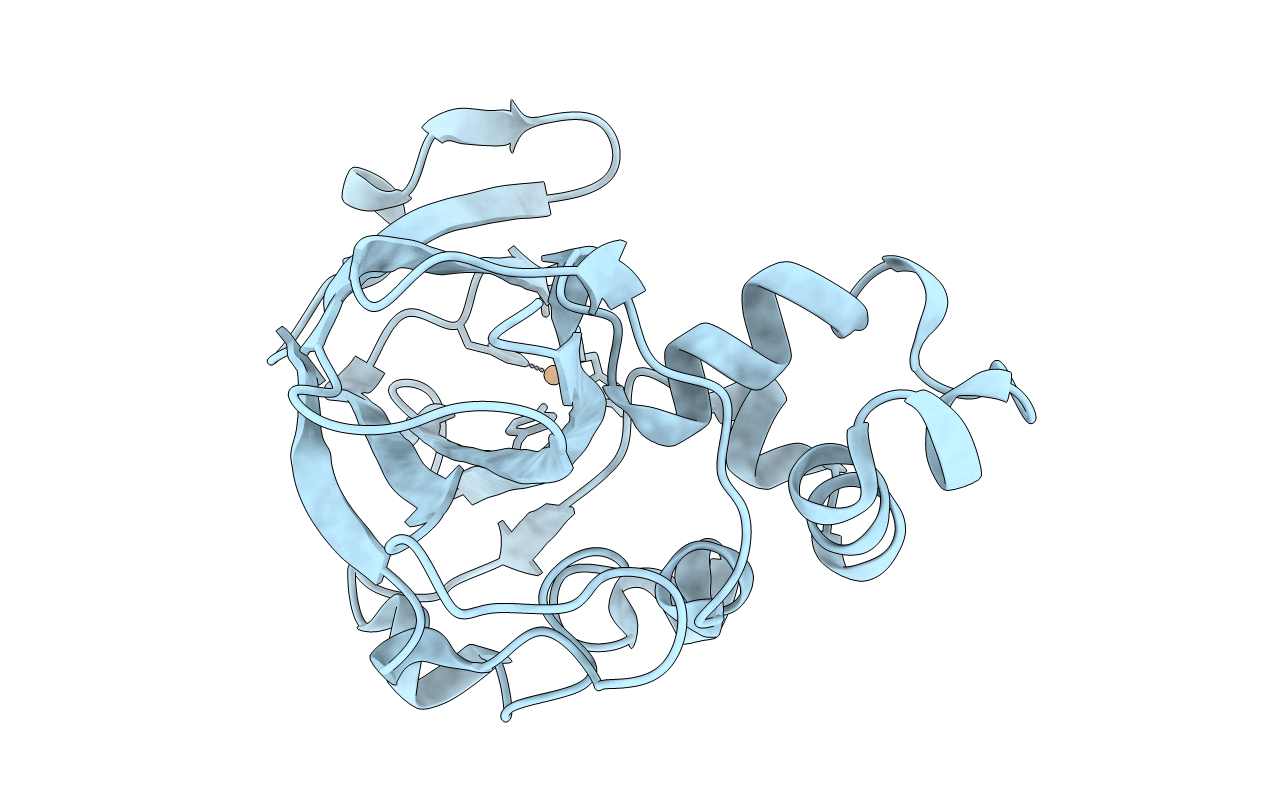
Deposition Date
2017-08-09
Release Date
2017-12-13
Last Version Date
2024-11-20
Entry Detail
Biological Source:
Source Organism:
Micromonospora aurantiaca ATCC 27029 (Taxon ID: 644283)
Host Organism:
Method Details:
Experimental Method:
Resolution:
1.08 Å
R-Value Free:
0.15
R-Value Work:
0.14
R-Value Observed:
0.14
Space Group:
P 21 21 21


